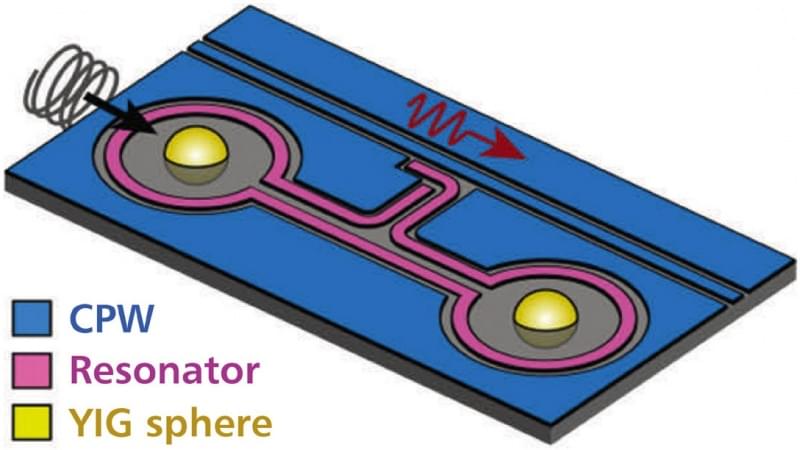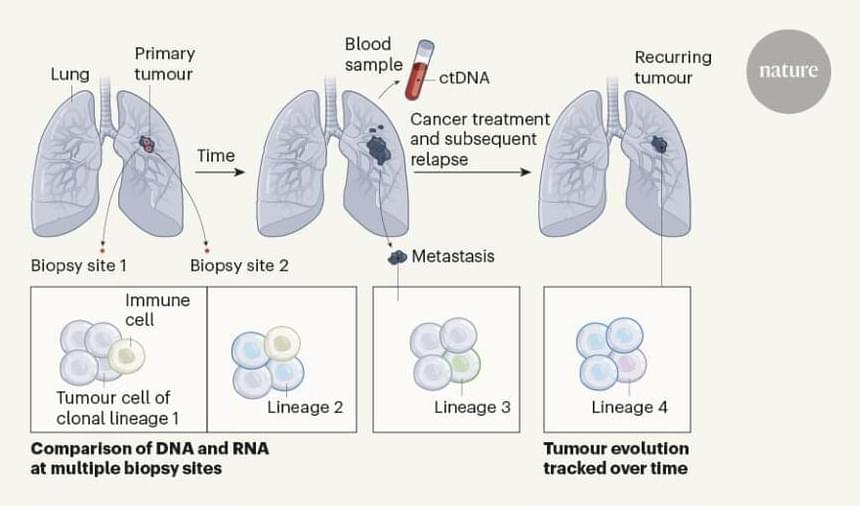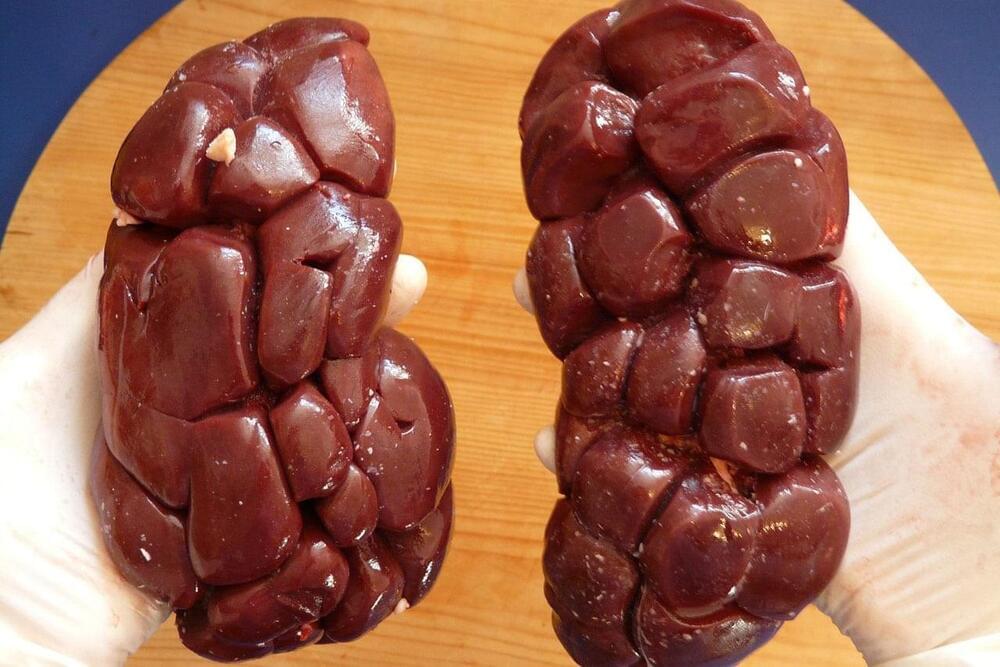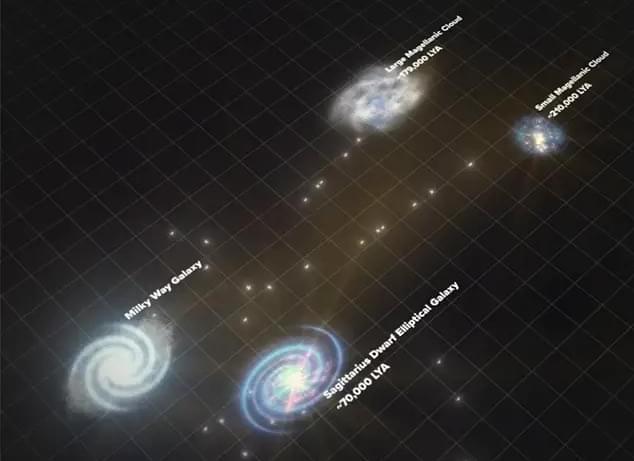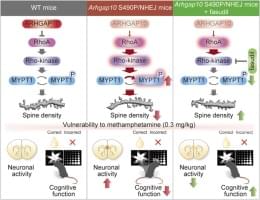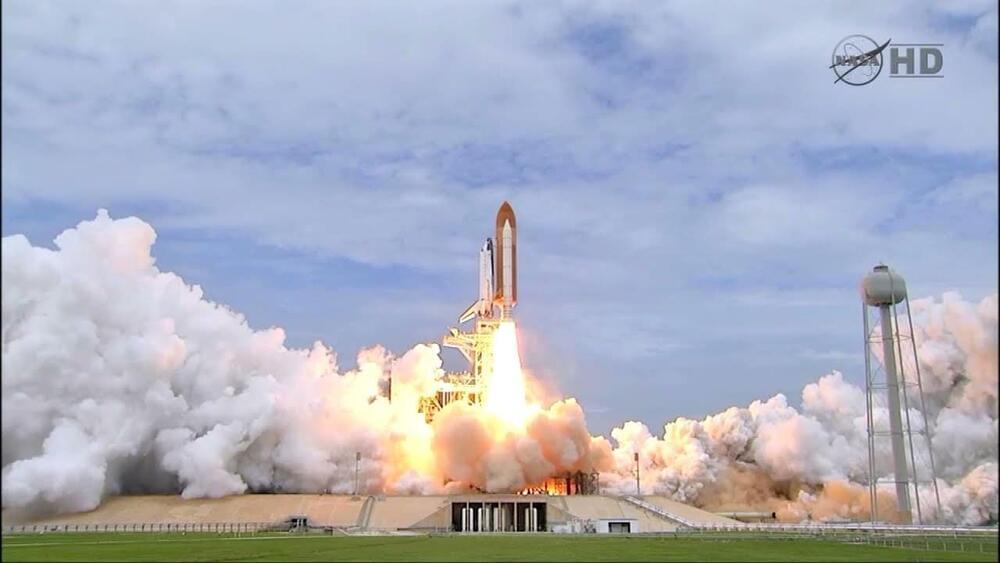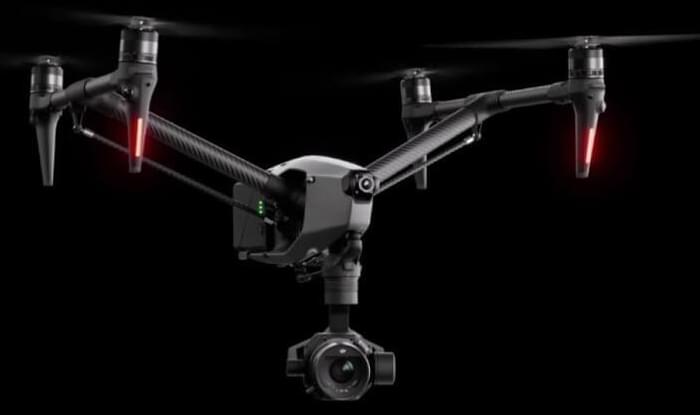😗 year 2010 :3.
(PhysOrg.com) — Scientists have literally taken a leap into a new era of computing power by making the world’s smallest precision-built transistor — a “quantum dot” of just seven atoms in a single silicon crystal. Despite its incredibly tiny size — a mere four billionths of a metre long — the quantum dot is a functioning electronic device, the world’s first created deliberately by placing individual atoms.
It can be used to regulate and control electrical current flow like a commercial transistor but it represents a key step into a new age of atomic-scale miniaturisation and super-fast, super-powerful computers.
The discovery is reported today in the journal Nature Nanotechnology by a team from the UNSW Centre for Quantum Computer Technology (CQCT) and the University of Wisconsin-Madison.

